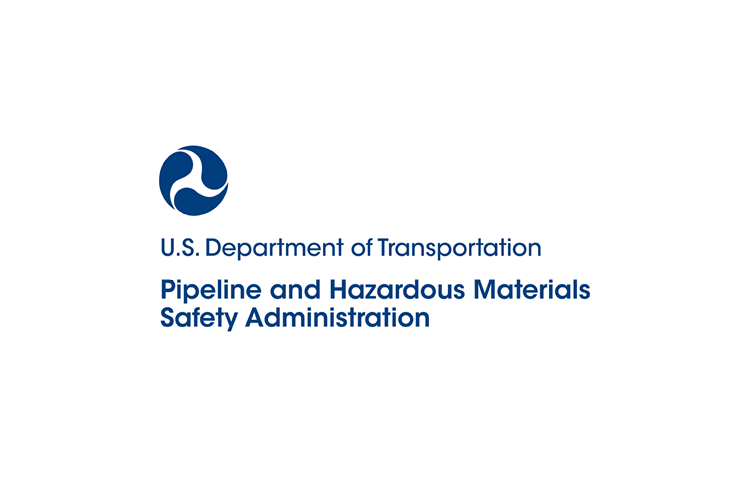PHMSA Bolsters Pipeline Regulations In Unusually Sensitive Areas in the United States

The U.S. Pipeline and Hazardous Materials and Safety Administration (PHMSA) has issued new rules for the operation of pipelines in "unusually sensitive areas." Such areas include the Great Lakes region, marine coastal waters and beaches.
The agency estimates that 4, 675 additional kilometers of hazardous liquid pipelines will fall under the new ruling, primarily in states situated along the Gulf of Mexico.
“The Great Lakes and our coastal waters are natural treasures that deserve our most stringent protections,” said Tristan Brown, the agency’s deputy administrator. “This rule strengthens and expands pipeline safety efforts.”
Recent serious oil pipeline spills of approximately 114,000 liters in Huntington Beach in southern California as well as some of 3.2 million liters several years ago near Marshall, Michigan have added impetus to PHMSA's regulatory expansion, with lawmakers, especially in California, calling for broader, more stringent rules and regulations.
The oil industry emphasized how pipelines remain one of the safest methods of bringing oil and gas to the consumer. The American Petroleum Institute issued the following statement:
The natural gas and oil industry “is committed to the safe and environmentally responsible operation of U.S. energy infrastructure, and pipelines remain one of the safest ways to deliver affordable, reliable energy. As our industry works to protect the environment and communities where we live and work, this rule provides the opportunity to further that commitment.”
The new regulations will surely increase the demands on pipeline inspection companies, as oil companies must begin performing in-line inspections, pressure tests and other methods to measure pipeline integrity, as well as analyses of significant threats such as corrosion.
The 53-page PHMSA regulatory document acknowledges there’s no way to know how many disasters the new requirements will prevent. But it offers several previous examples of damaging spills in the designated as noted above.

